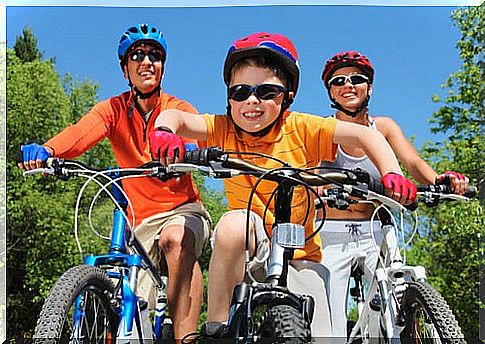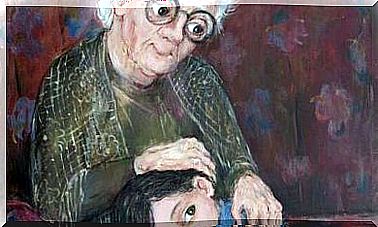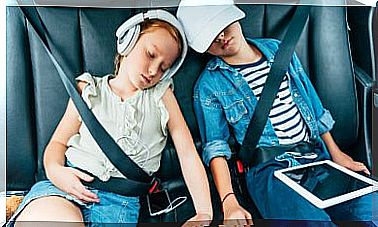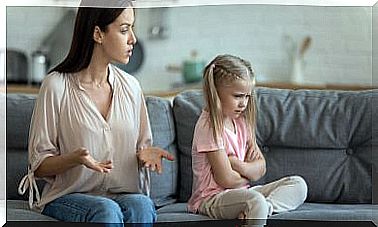Physical Education Warm-ups For Children
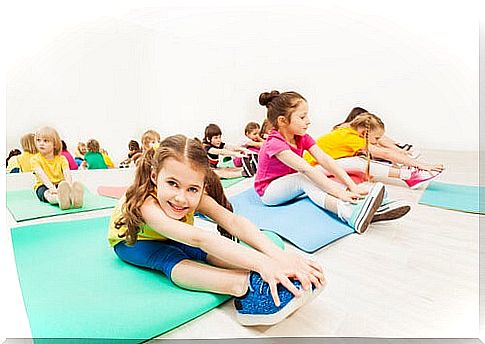
Warm-ups are the exercises that people do before starting a sporting activity. With these activities, the body begins to move slowly and progressively. The body prepares itself for the main sporting task and, in this way, injuries are avoided.
Through warm-ups , blood circulation is activated and body temperature is regulated. Muscles and joints are stretched and activated to meet the demands of physical activity.
Why do physical education warm-ups for children?
Children do not need a lot of movement to warm up. They are more flexible than adults and have less risk of injury. However, the warm-up tasks help the body and are essential as a psychological preparation.
Accustoming the child to a warm-up routine is useful to prepare the body, since it works on strength and muscular flexibility. It is also necessary to help your concentration.
Some specific benefits:
- They gradually increase body temperature, which is necessary for physical activities.
- They favor enzymatic activity and the amount of circulating glucose.
- They stimulate the speed of muscle movements, especially contractions.
- They increase the coordination of the body in general.
- They are good for the breathing rate.
- They reduce anxiety and fatigue.
- They contribute to concentration and focus of attention.
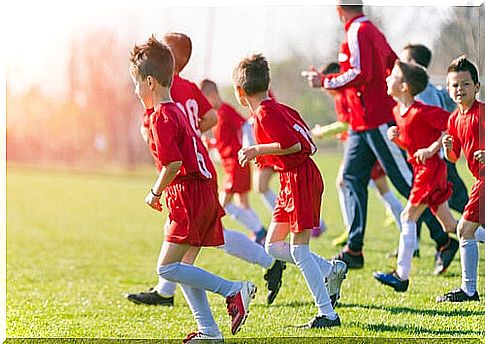
Warm-up activities can be boring for children. If this happens, they will resist doing them. The best strategy to do it is to do it through fun games that prepare them for the main activity.
Children are always ready to play, therefore they will take the task as entertainment.
Characteristics of warm-up activities
Children generally begin their daily physical activity after a period of inactivity, when the body is relaxed.
To start it, the exercises must be progressive. The level of effort requirement will be from less to more. It should go from the easy to the difficult, that is, from the general to the specific.
A warm-up routine will last between 15 minutes and half an hour. It should not cause fatigue. The activities and their duration will be carefully chosen according to the age of the children.
Examples of warm-up activities for children
Technicians advise completing some stages in warm-up activities for children:
1.- Joint movements
The movements in each joint will be repeated. It can start at the ankles and work its way up the body. Another option is to start at the wrists and then go down. They will cover ankles, knees, hips, torso, shoulders, neck, elbows, and wrists.
They consist of flexions, extensions and rotations of the joints. Some examples are:
- Rotate ankles.
- Raise your knees toward your hips.
- Move the arms like mill blades back and forth.
- Stretch and flex arms.
2.- Stretching
They prevent bones and muscles from breaking. Some examples of stretching are:
- Spread your feet one behind the other. Without bending the trunk, lower gently until the leg is stretched.
- Grasp your hands behind your back and stretch back.
- Raise one arm. Bend the other behind the head and grab the elbow. Gently move it to the opposite shoulder.

3.- Racing
They serve to activate blood circulation. The race should be smooth, without forcing the children. They must always maintain the same speed. Some modalities are:
- Run freely through all spaces. Find open places where there is no one.
- Running after another child, always keeping the same distance.
- Running jumping lines drawn on the ground.
4.- Cardiovascular exercises
The goal of these exercises is to stimulate your heart rate. A routine that integrates the aforementioned exercises, alternatively and progressively, will be stimulating the cardiovascular system.
A game that entertains children a lot is that of “Juan says…” (that you jump, that you run, that you sit down, that you get up, that you touch the back of a partner, that you lift one leg).
In this way, you can alternate the different warm-up exercises in a fun way.
Finally, it is essential to attend to the diversity of children, their individual possibilities and limitations to avoid frustrations or physical pain. The teacher or monitor who coordinates the warm-up should always keep this in mind.
